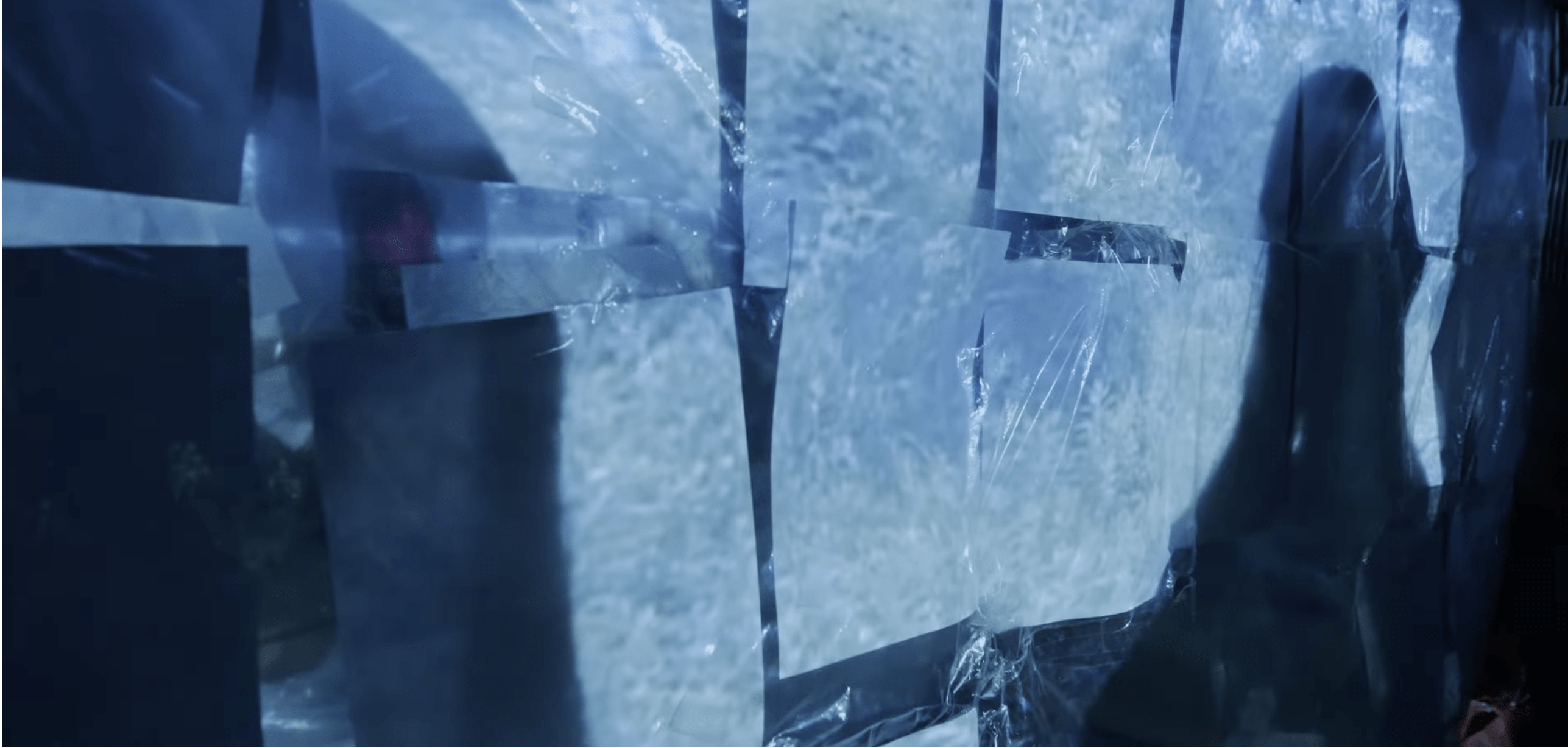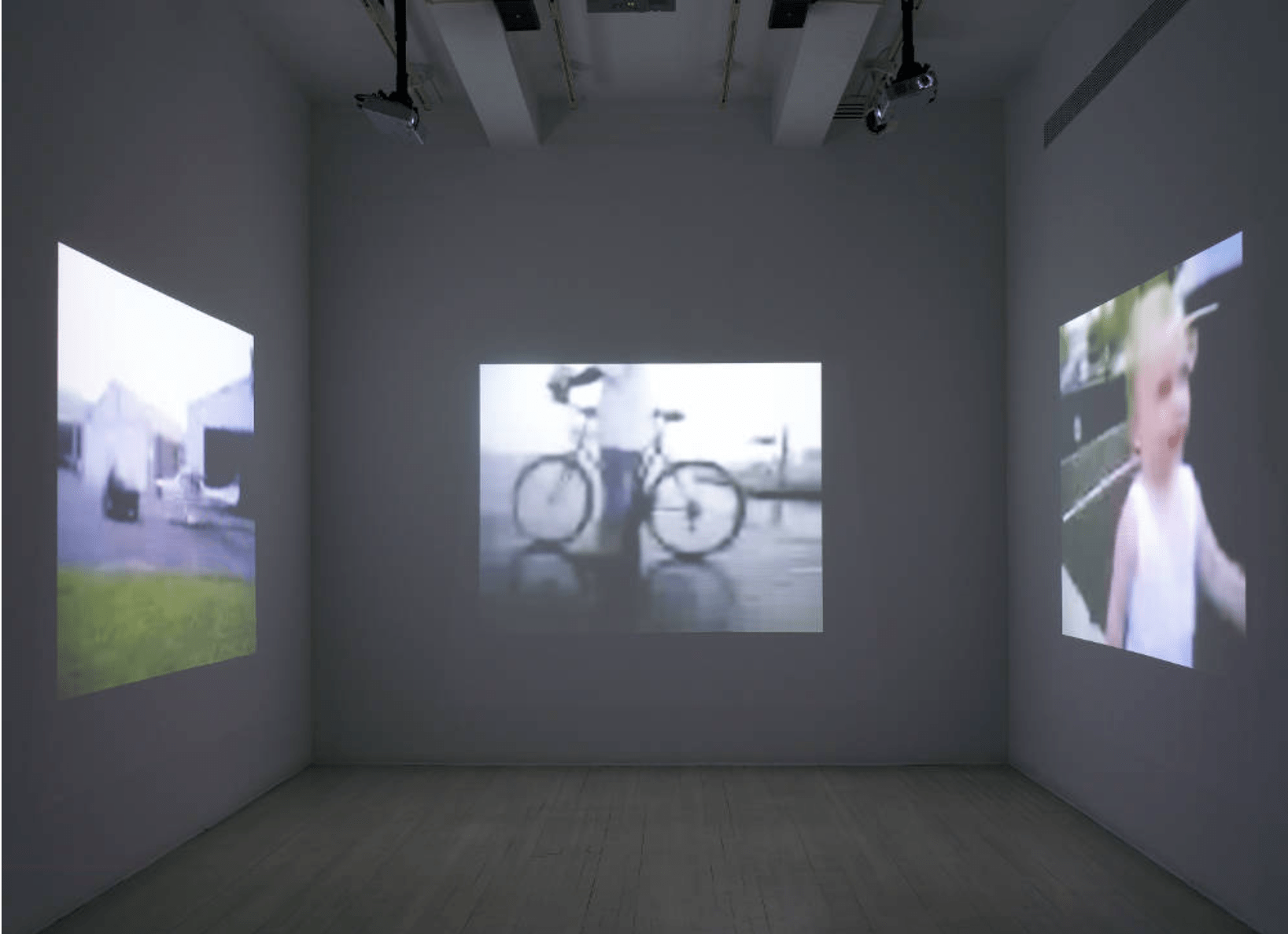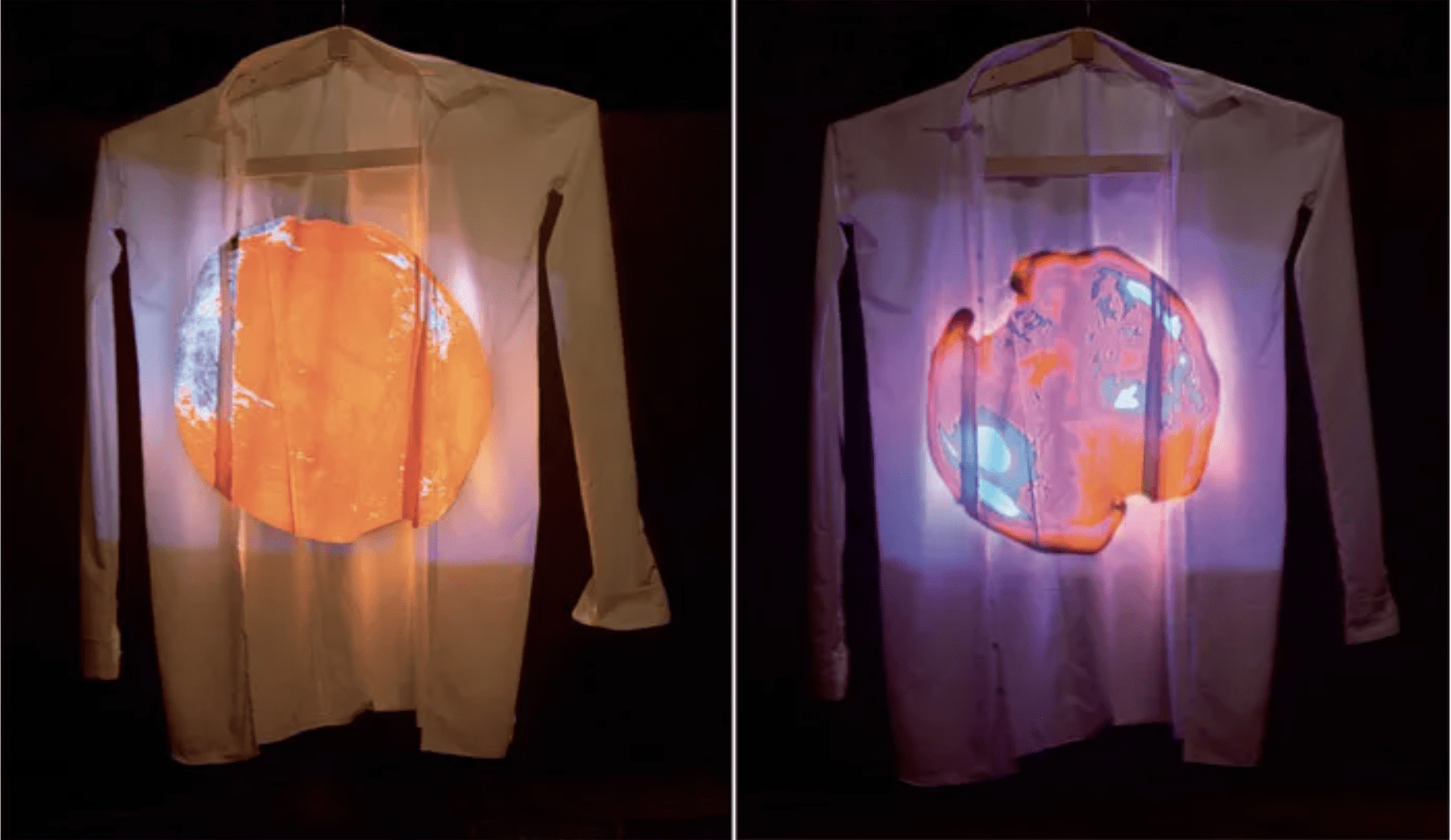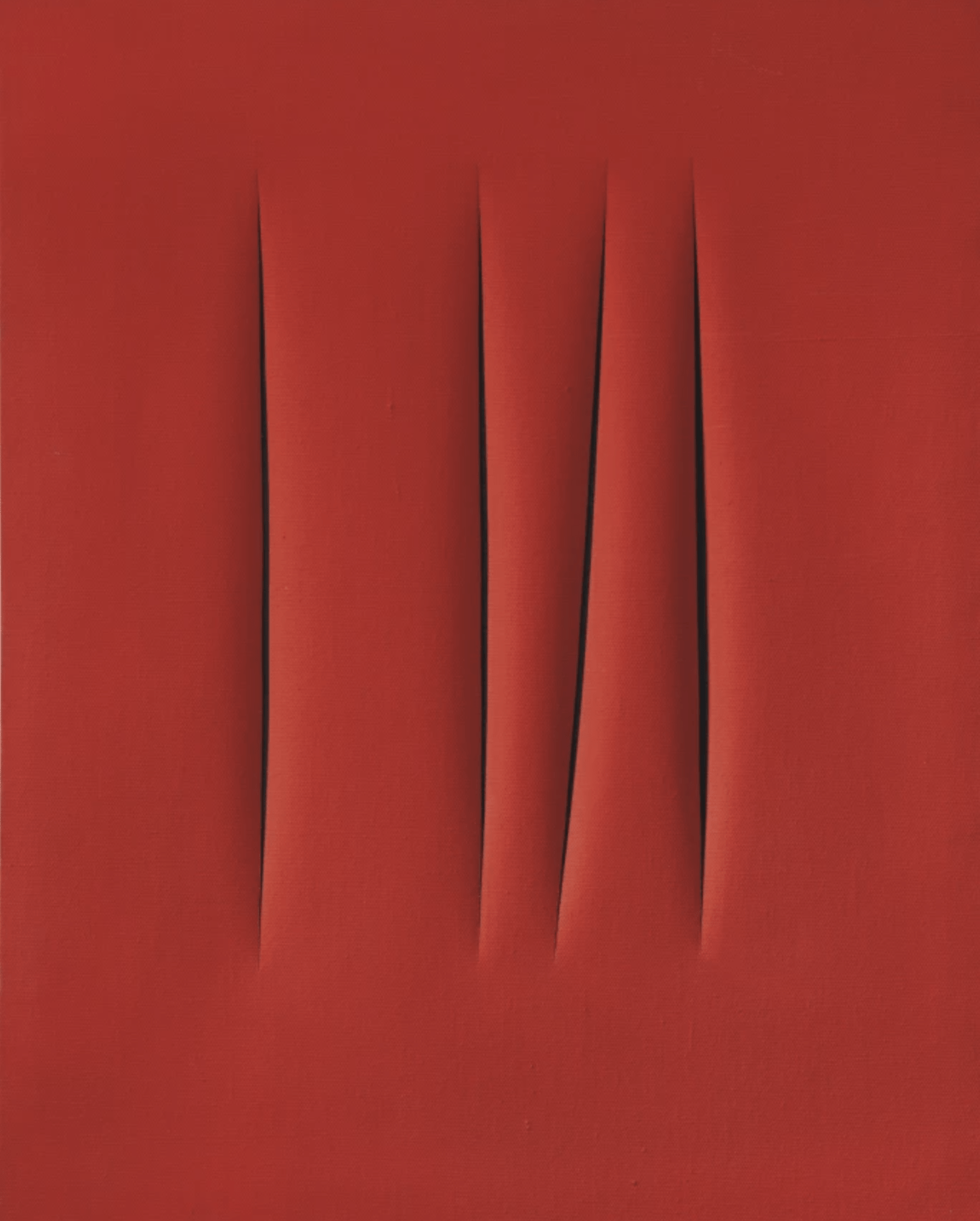From the first reading we see the difficulty to the development of light art and why. And in the second reading, while it uses most of it’s space describing specific pieces of art work, there’s a sensible development from the first reading, and what I’ve found most noticeable was the development in technology, that as time passes, artist get to obtain more tools and materials to experiment and play with, bringing more diversity and going on further explorations. I think this in some way helped to gain attention for light art, because along with more explorations, it revealed its potential, and light just starts to feel more exciting.
In Light as Sculpture Medium, it mentioned Robert Whitman who passed away early this year. I looked up some of his works, and I noticed that he often uses projection. Despite a lot of them are not light centered, I find the utilization of projections adds a layer of diversity and flexibility in his work. For example in a performance he created called “American Moon”, projection was incorporated as a part of it. In this way, the narration takes more than the form of seeing actual objects and performers moving around but also moving images in light, which provides audience with different sensational experience, and it breaks the spacial constrains of performance, that with a piece of cloth or any surface, it could generate even more narration that other wise would be hard to present.



Another artist that was mentioned in the reading Phenomenal was Lucio Fontana. I didn’t remember who he was but was reminded immediately by the iconic cuts on papers when looking up. Though seemingly has nothing to do with light and space with the material in these well-known art works consist of only paper, the shape and shadow it creates is made possible by light and a distortion in space, that is, a slit of concave in an originally smooth surface.

Light allow us to perceive space, and space provide light with transformative shape. Light as a rather flexible “material”, I think can help art to explore more forms of presentation and ways of expression, and sometimes help create art works that teases the human sense and create intriguing distortions of the perception.